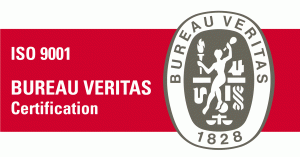Author: Moehammad Aman Wirakartakusumah;Purwiyatno Hariyadi
ABSTRACT
The nutritional status of the population is one of the important factors determining the quality and productivity of the population, which in turn affects national productivity. In the long term, good nutritional status contributes to the intelligence and health of the population. Consequently, programmes directed at improving the nutritional status of the population will undoubtedly be a high priority in the national development scheme of any country, developed or developing. Food fortification, i.e., the addition of nutrients to specific foods based on the dietary habits and nutritional status of the target population, is one of the most popular nutritional interventions for improving the population’s nutritional status. For food-fortification programmes to be successful, their technical aspects need to be carefully assessed. These include the nutritional justification for food fortification, the acceptability of the fortified food product to consumers (both cost and taste), and any technical or analytical limitation to compliance with food regulations and labeling requirements. Important technical aspects of developing effective food-fortification programmes are the choice of food carrier, nutrient interactions, bioavailability of nutrients, stability of nutrients added under anticipated conditions of storage and processing (food preparation at the household level), and safety. A good fortified product should not cause nutrition imbalance, and excessive intake of nutrients should not have adverse effects. To provide better information for the consumer, the concept of overage should be introduced. Overage is the use of kinetic data on nutrient stability to calculate the amount of added nutrient so that the anticipated level of the nutrient at the end of the product’s shelf life is in accordance with the level indicated on the label.



